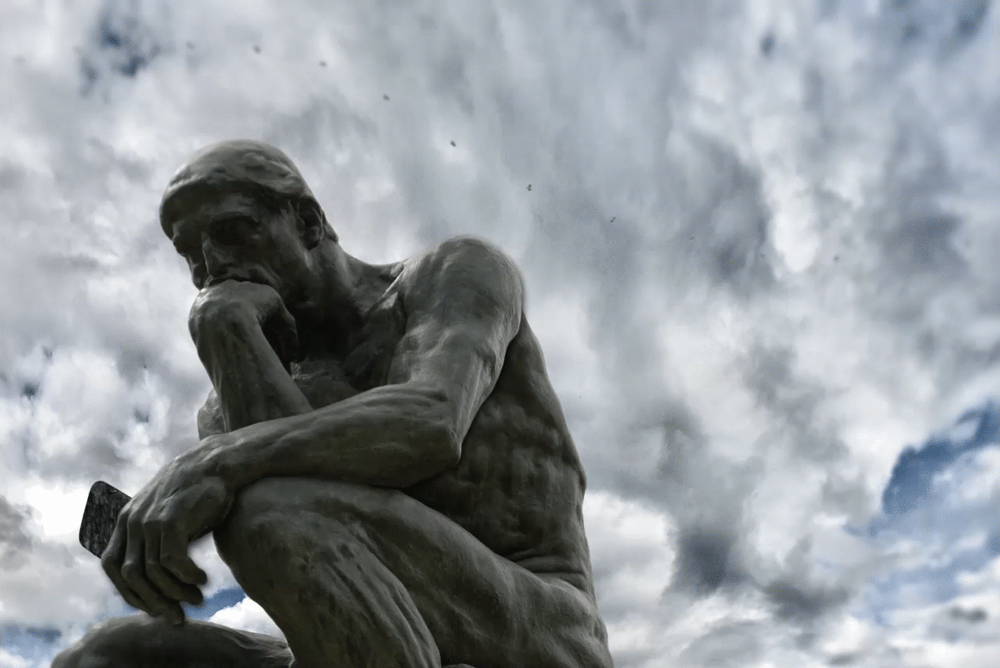One of the most interesting, but least publicized religious events of the year happens this weekend, starting today actually, when Pope Francis travels to Mongolia. The papal schedule is here.
I spent three weeks in Mongolia in 2019. While there, I got to meet a variety of Protestants and Buddhists (Buddhism is more than half the population), but never saw any sign of the Catholics.
The logical question: What are the news hooks for this visit? What should journalists be covering?
Let’s do some math. There are only 3 million people in the country and 41,000 60,000 of them (estimates vary) are Christian — the vast majority evangelical Protestant — after three decades of evangelizing.
When missionaries poured into the country in the early 90s, they had to start from ground up, as much of the populace was atheist thanks to Communism. Catholic missionaries were among them and, today, there are 1,300-1,500 Catholics there, which is pretty low compared with the many Protestants. There are roughly 196 churches in the entire country,out of which eight — plus one chapel — are Catholic.
Even the Church of Jesus Christ of Latter-day Saints claims more members (12,500) than that. See this Vatican overview for more on Mongolian Catholics.
There’s a lot of spiritual hunger there. When evangelist Franklin Graham (son of Billy) visited Mongolia last year, 17,000 showed up to hear him and 2,000 indicated conversions. I help support a Mongolian evangelist (her biography is here) who just completed a tour of the country and her sessions were packed (see this short video).
Evangelistically speaking, Mongolia is virgin territory, and everyone wants a cut of that pie. I am willing to bet that Francis’ new cardinal there unofficially told him the Protestants are making a lot of gains and he needs help. There are so many good stories in this trip, it’s hard to know where to start.
First, AP’s bare-bones intro:
VATICAN CITY — Pope Francis on Sunday described his visit later this week to Mongolia, the first-ever pilgrimage by a pontiff to the east Asian country, as a much-desired occasion to encounter a “noble, wise” people.
Speaking to the public in St. Peter’s Square, Francis said the trip would also be an opportunity to embrace the Catholic community there, describing the church in Mongolia as “small in numbers but lively in faith and great in charity.”










